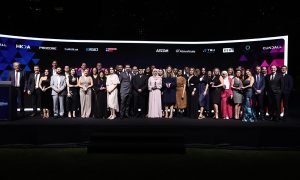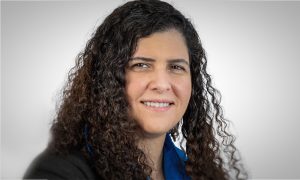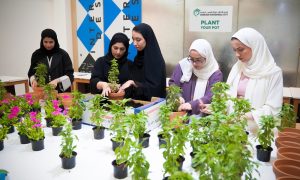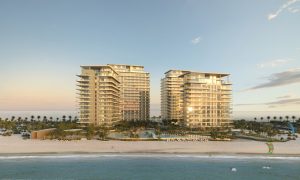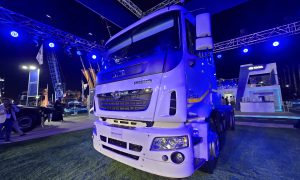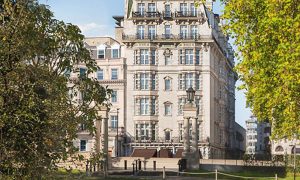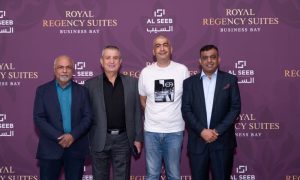Outside the Box
In conversation with Sanu Mathew, design manager and director, SEED Engineering Consultants

RELATED ARTICLES: ETA Ascon wins Jumeirah Golf Estates MEP contract | DSI wins $87.4mn MEP contract for King Saud University | Al Futtaim Engineering wins multi-million dollar HVAC contract for Etihad Rail
What makes a great MEP engineer? According to Sanu Mathew, design manager and director for SEED Engineering Consultants, it is largely the ability to pick up on the details.
“It’s easy to take a bird’s eye view of every project and to give generalised solutions,” he says. “But the ability to see minor co-ordination details in the ceiling voids and plant rooms of every project is what leaves a lasting impression on all construction team members. This is what separates the great engineers from the good ones.”
Another deciding factor, according to Mathew, is understanding the client’s and design team member’s requirements. “The ability to adapt to each project is vital to working in various markets – our approach with India clients differs from our approach in the GCC. The cardinal mistake made by MEP companies is not listening and understanding clearly the client’s requirements,” he continues.
Mathew states that it is important for MEP engineers to think creatively. He continues: “A misconception about MEP engineers is that they think within a box, that they are non-creative and inflexible, and that the overdesign with equipment that takes up a lot of the client’s valuable useable space.”
He points to a SEED school project in Delhi which is “stretching the boundaries of HVAC design”. Mathew continues: “Delhi is an area similar to Dubai. For this school, our HVAC design is around 111m2 per tonne, whereas HVAC design in a normal building in Dubai is around 23m2-28m2 per tonne. We are also using an earth tunnel for cooling the air in hot months and heating in winter.”
Mathew claims this building, when complete, could be the most efficient building in the whole of India, in terms of HVAC design. “We are designing it in a way to have a near net zero building,” he says.
This feature first appeared in the June 2014 issue of Middle East Consultant. Read the full version of the feature here.
